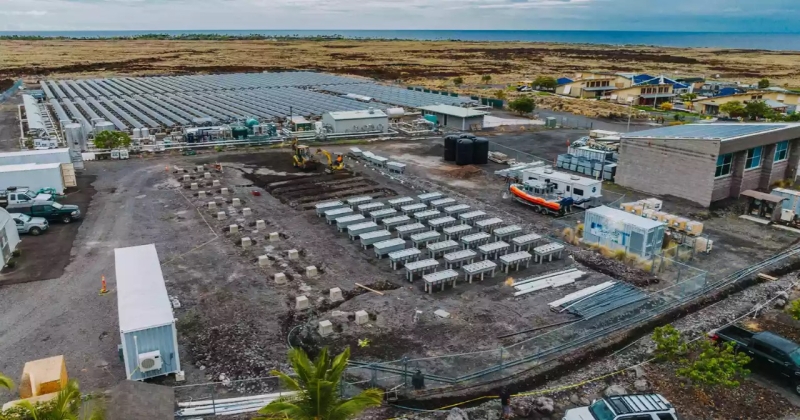- অতিথি পাখির বিচরণ আর দুষ্টুমিতে নান্দনিক হয়ে উঠেছে কুয়াকাটার চর বিজয় |
- Remittance inflow exceeds $632 million in first six days of Dec |
- 18 migrants die as inflatable boat sinks south of Greek island of Crete |
- TIB for polls manifesto vows to curb misuse of powers and religion |
- Khaleda now not fit for travelling: Medical Board |
New Study Reveals Key Microbial Roles in Restoring Coral Island Vegetation

Photo: Collected
Chinese researchers have uncovered a cooperative relationship among soil microorganisms that could enhance vegetation restoration on tropical coral islands, offering fresh hope for protecting these fragile ecosystems.
The study, conducted by scientists from the South China Botanical Garden under the Chinese Academy of Sciences, highlights how soil microbes — particularly fungi and bacteria — play complementary roles in improving soil health and supporting plant growth.
Tropical coral islands face extreme conditions, including high temperatures, intense sunlight, salinity, and seasonal droughts, making vegetation restoration a persistent challenge. Artificially planted greenery often deteriorates over time despite improvements in soil quality and nutrient content.
The researchers found that during the early phase of restoration, soil fungi are crucial for breaking down resistant organic matter, helping plants establish themselves in harsh conditions. As restoration advances, bacteria become the dominant force, promoting nutrient cycling of carbon, nitrogen, and phosphorus — key to sustaining ecosystem stability.
However, the study revealed that microbial activity in both artificial and natural vegetation is limited by carbon and phosphorus deficiency, posing a major hurdle to long-term recovery.
To overcome this, the team proposed nutrient-targeted strategies for vegetation establishment and emphasised the need for long-term monitoring to assess ecological sustainability.
The findings provide valuable guidance for improving restoration practices on tropical coral islands and contribute to broader global efforts to rehabilitate vulnerable ecosystems.

